

- RFQ
- BOM
-
Contact Us
Tel: +86-0755-83501315
Email: sales@sic-components.com
- Chinese
- English
- French
- German
- Portuguese
- Spanish
- Russian
- Japanese
- Korean
- Arabic
- Irish
- Greek
- Turkish
- Italian
- Danish
- Romanian
- Indonesian
- Czech
- Afrikaans
- Swedish
- Polish
- Basque
- Catalan
- Esperanto
- Hindi
- Lao
- Albanian
- Amharic
- Armenian
- Azerbaijani
- Belarusian
- Bengali
- Bosnian
- Bulgarian
- Cebuano
- Chichewa
- Corsican
- Croatian
- Dutch
- Estonian
- Filipino
- Finnish
- Frisian
- Galician
- Georgian
- Gujarati
- Haitian
- Hausa
- Hawaiian
- Hebrew
- Hmong
- Hungarian
- Icelandic
- Igbo
- Javanese
- Kannada
- Kazakh
- Khmer
- Kurdish
- Kyrgyz
- Latin
- Latvian
- Lithuanian
- Luxembou..
- Macedonian
- Malagasy
- Malay
- Malayalam
- Maltese
- Maori
- Marathi
- Mongolian
- Burmese
- Nepali
- Norwegian
- Pashto
- Persian
- Punjabi
- Serbian
- Sesotho
- Sinhala
- Slovak
- Slovenian
- Somali
- Samoan
- Scots Gaelic
- Shona
- Sindhi
- Sundanese
- Swahili
- Tajik
- Tamil
- Telugu
- Thai
- Ukrainian
- Urdu
- Uzbek
- Vietnamese
- Welsh
- Xhosa
- Yiddish
- Yoruba
- Zulu
- Kinyarwanda
- Tatar
- Oriya
- Turkmen
- Uyghur
Current Feedback Amplifier ICs: A Comprehensive Overview
1. Introduction
In the landscape of analog electronics, amplifiers play a fundamental role in signal processing. Among the various types of amplifiers, current feedback amplifier ICs (Integrated Circuits) have emerged as crucial components, especially in applications demanding high - speed and wide - bandwidth performance. These amplifiers differ significantly from their more commonly known counterparts, the voltage feedback amplifiers (VFAs), in terms of their internal architecture, operating principles, and performance characteristics. Understanding current feedback amplifier ICs is essential for engineers and designers working on applications such as high - speed data acquisition systems, video signal processing, and precision instrumentation.
2. Understanding the Basics of Current Feedback Amplifiers
2.1 Operational Principles
Unlike voltage feedback amplifiers, which are designed to minimize the voltage difference between their inverting and non - inverting inputs, current feedback amplifiers focus on minimizing the current difference. In a current feedback amplifier, the non - inverting input has a high impedance, similar to a VFA. However, the inverting input has a very low impedance.
The basic operation can be understood as follows: When an input signal is applied to the non - inverting terminal, an error current is generated at the inverting terminal. This error current then flows through a feedback network. The internal circuitry of the amplifier is designed to respond to this error current, and the output voltage is adjusted accordingly. Mathematically, the relationship between the input voltage, output voltage, and the feedback network is more complex than in VFAs but is centered around the error current.
2.2 Architecture and Circuit Design
Current feedback amplifier ICs typically have a more complex internal architecture compared to VFAs. The input stage of a current feedback amplifier often consists of a buffer or a unity - gain amplifier that drives the non - inverting input. The inverting input is connected to a low - impedance node. The error current generated at the inverting input is then processed through a transimpedance stage. This stage converts the error current into a voltage, which is further amplified and buffered to produce the output voltage.
The feedback network in a current feedback amplifier is crucial. It is usually composed of resistors, and the values of these resistors play a significant role in determining the amplifier's performance, including its gain, bandwidth, and stability. In contrast to VFAs, where the gain - bandwidth product is a key parameter, current feedback amplifiers have a different relationship between gain and bandwidth.
3. Key Characteristics of Current Feedback Amplifier ICs
3.1 Bandwidth and Gain Independence
One of the most distinguishing features of current feedback amplifier ICs is the independence of bandwidth and gain. In voltage feedback amplifiers, there is a well - known trade - off between gain and bandwidth, often described by the gain - bandwidth product (GBW). As the gain of a VFA is increased, its bandwidth decreases proportionally.
However, in current feedback amplifiers, the bandwidth is primarily determined by the feedback resistor value and the internal characteristics of the amplifier, such as the transimpedance gain. The gain of the amplifier can be adjusted by changing the ratio of the feedback resistors, and this adjustment has relatively little impact on the bandwidth. This characteristic makes current feedback amplifiers highly suitable for applications where a wide bandwidth is required over a range of gains.
3.2 High - Speed Performance
Current feedback amplifier ICs are renowned for their high - speed capabilities. They can achieve very high slew rates, which is the maximum rate of change of the output voltage with respect to time. High slew rates are essential for accurately amplifying high - frequency and large - amplitude signals without distortion. For example, in video signal processing, where signals with high frequencies and large swings need to be amplified, current feedback amplifiers can faithfully reproduce the original signal.
The high - speed performance of current feedback amplifiers is due to their internal architecture, which allows for quick response to changes in the input signal. The low - impedance inverting input and the efficient transimpedance stage enable rapid processing of the error current, resulting in fast output voltage changes.
3.3 Low Distortion
In applications where signal integrity is crucial, such as in audio and high - end instrumentation, low distortion is a highly desirable characteristic. Current feedback amplifier ICs can offer low distortion levels, especially when operating within their specified frequency and load ranges. The ability to accurately reproduce the input signal without introducing significant harmonic distortion is attributed to their precise internal circuitry and the way they handle the error current.
The design of the feedback network also plays a role in minimizing distortion. By carefully choosing the values of the feedback resistors and optimizing the amplifier's internal parameters, manufacturers can ensure that the amplifier produces a clean and undistorted output signal.
3.4 Input and Output Impedance Characteristics
Current feedback amplifiers have distinct input and output impedance characteristics. The non - inverting input has a high impedance, similar to a VFA, which allows it to easily interface with a variety of signal sources without loading them. The inverting input, on the other hand, has a very low impedance. This low - impedance inverting input is a key factor in the amplifier's ability to sense the error current accurately.
At the output, current feedback amplifiers can typically drive relatively low - impedance loads. They can provide sufficient output current to drive loads such as coaxial cables or low - impedance speaker systems without significant signal degradation. The ability to drive low - impedance loads makes them suitable for applications where power delivery to the load is important.
4. Comparison with Voltage Feedback Amplifiers
4.1 Gain - Bandwidth Relationship
As mentioned earlier, the gain - bandwidth relationship is a fundamental difference between current feedback and voltage feedback amplifiers. In voltage feedback amplifiers, the gain - bandwidth product (GBW) is a constant for a given amplifier. This means that if the gain of the amplifier is doubled, its bandwidth is halved. In contrast, current feedback amplifiers have a much more flexible relationship. The bandwidth of a current feedback amplifier is mainly determined by the feedback resistor value and the internal transimpedance gain, and it remains relatively constant over a wide range of gains.
4.2 Input and Output Impedance
Voltage feedback amplifiers generally have high input impedance at both the inverting and non - inverting inputs. This high input impedance allows for easy connection to various signal sources. However, their output impedance is relatively low, which may require additional buffering when driving high - impedance loads. Current feedback amplifiers, as described, have a high - impedance non - inverting input and a low - impedance inverting input. Their output impedance is also relatively low, but they are better suited for driving low - impedance loads directly.
4.3 Distortion and Noise Performance
In terms of distortion, both types of amplifiers can achieve low distortion levels. However, voltage feedback amplifiers may be more suitable for applications where extremely low distortion at low frequencies is required, such as in high - end audio pre - amplifiers. Current feedback amplifiers, with their high - speed capabilities, are often preferred in applications where high - frequency signals need to be amplified with low distortion, such as in video and high - speed data acquisition systems.
Regarding noise performance, voltage feedback amplifiers typically have lower input voltage noise, while current feedback amplifiers may have lower input current noise. The choice between the two depends on the nature of the input signal source. If the source has a high impedance, voltage feedback amplifiers may be a better choice to minimize the impact of input voltage noise. Conversely, if the source has a low impedance, current feedback amplifiers may be more suitable to reduce the effect of input current noise.
5. Applications of Current Feedback Amplifier ICs
5.1 High - Speed Data Acquisition Systems
In high - speed data acquisition systems, such as those used in oscilloscopes, digitizers, and high - speed communication receivers, current feedback amplifier ICs are used to amplify high - frequency signals. The wide bandwidth and high - speed performance of these amplifiers allow for accurate capture and amplification of signals with frequencies in the MHz to GHz range. They can quickly respond to rapid changes in the input signal, ensuring that the data acquisition system can accurately sample and digitize the signal.
5.2 Video Signal Processing
Current feedback amplifiers are extensively used in video signal processing applications. In video transmitters and receivers, they are used to amplify and buffer video signals, such as RGB (Red - Green - Blue) signals in VGA (Video Graphics Array) or HDMI (High - Definition Multimedia Interface) systems. The ability to maintain a wide bandwidth over a range of gains and to drive low - impedance loads makes them ideal for ensuring high - quality video transmission and reception. They can also help in compensating for signal losses in long video cables.
5.3 Precision Instrumentation
In precision instrumentation, such as in medical imaging devices (e.g., ultrasound machines), high - precision measurement equipment, and analytical instruments, current feedback amplifier ICs are used to amplify weak signals while maintaining low distortion and high accuracy. For example, in an ultrasound machine, the received echo signals are very weak and need to be amplified accurately to generate clear images. The low - distortion and high - speed characteristics of current feedback amplifiers enable precise amplification of these signals, leading to better - quality images.
5.4 Audio Applications
Although voltage feedback amplifiers are more commonly used in audio applications, current feedback amplifier ICs also find their place, especially in high - power and high - fidelity audio systems. In audio power amplifiers, the ability of current feedback amplifiers to drive low - impedance speaker loads with high efficiency and low distortion is an advantage. They can provide the high output current required to drive speakers, resulting in a more powerful and accurate audio reproduction.
6. Design Considerations for Using Current Feedback Amplifier ICs
6.1 Feedback Resistor Selection
The selection of the feedback resistor in a current feedback amplifier is crucial. The value of the feedback resistor determines the bandwidth and stability of the amplifier. Each current feedback amplifier has a recommended range of feedback resistor values provided by the manufacturer. Using a feedback resistor outside this range can lead to instability, reduced bandwidth, or increased distortion. In addition, the tolerance and temperature coefficient of the feedback resistor should be carefully considered, especially in applications where high accuracy and stability over temperature are required.
6.2 Input and Output Capacitance
Input and output capacitance can have a significant impact on the performance of current feedback amplifier ICs. Input capacitance, especially at the inverting input, can affect the amplifier's frequency response and stability. Stray capacitance at the inverting input can introduce additional poles in the transfer function, potentially leading to instability. Output capacitance can also cause problems, such as ringing or reduced bandwidth when driving capacitive loads. To mitigate these issues, designers need to carefully consider the layout of the circuit to minimize stray capacitance and may need to use additional compensation techniques, such as adding series resistors or capacitors.
6.3 Power Supply Requirements
Current feedback amplifier ICs have specific power supply requirements. They typically operate over a certain range of supply voltages, and the supply voltage can affect the amplifier's performance, including its output voltage swing, slew rate, and distortion. In addition, the power supply should be clean and free from noise, as power supply noise can be coupled into the signal path and degrade the amplifier's performance. Designers may need to use power supply filtering techniques, such as adding capacitors and inductors, to ensure a stable and noise - free power supply.
6.4 Thermal Management
In applications where the current feedback amplifier IC dissipates a significant amount of power, thermal management becomes important. High - power dissipation can cause the temperature of the amplifier to rise, which can affect its performance and reliability. Designers need to ensure that the amplifier is properly heat - sinked or that other cooling methods, such as forced air cooling, are employed. In addition, the temperature coefficient of the amplifier's parameters should be considered, as changes in temperature can lead to changes in gain, offset, and other characteristics.
7. Popular Current Feedback Amplifier ICs and Their Features
7.1 AD811 (Analog Devices) https://www.sic-components.com/product/search?search=584-AD811JRZ
The AD811 is a well - known current feedback amplifier IC. It is designed for high - speed applications, such as video signal processing and high - speed data acquisition. It offers a very wide bandwidth, typically in the hundreds of MHz range. The AD811 has a low input voltage noise density, which is important for amplifying weak signals. It also has a high slew rate, allowing it to accurately amplify high - frequency and large - amplitude signals. In addition, the AD811 has built - in protection features, such as short - circuit protection, which enhances its reliability in various applications.
7.2 THS3001 (Texas Instruments) https://www.sic-components.com/product/search?search=THS3001CD
The THS3001 is another popular current feedback amplifier. It is optimized for high - speed and low - distortion applications. It has a high transimpedance gain, which contributes to its wide bandwidth. The THS3001 can drive low - impedance loads effectively, making it suitable for applications such as cable driving. It also has a relatively low power consumption, which is an advantage in battery - powered or power - sensitive applications. The device offers a good balance between performance and cost, making it a popular choice for many designers.
7.3 OPA695 (Texas Instruments) https://www.sic-components.com/product/search?search=OPA695IDBVR
The OPA695 is a high - speed current feedback amplifier that provides excellent performance in terms of bandwidth, slew rate, and distortion. It has a wide input voltage range, allowing it to interface with a variety of signal sources. The OPA695 is designed to operate over a wide temperature range, making it suitable for industrial and automotive applications. It also has a low input offset voltage and low offset voltage drift, which are important for applications where high accuracy is required.
8. Future Trends in Current Feedback Amplifier ICs
8.1 Higher Bandwidth and Faster Speeds
As technology continues to advance, there is a growing demand for even higher - speed and wider - bandwidth amplifiers. Future current feedback amplifier ICs are likely to achieve even higher frequencies, enabling applications such as next - generation high - speed data communication, ultra - high - definition video processing, and advanced radar systems. This will require advancements in semiconductor manufacturing processes and circuit design techniques to further reduce parasitic effects and improve the performance of the internal components.
8.2 Integration with Other Functions
There is a trend towards integrating current feedback amplifier ICs with other functions on a single chip. For example, in some applications, it may be beneficial to integrate the amplifier with analog - to - digital converters (ADCs), digital - to - analog converters (DACs), or signal conditioning circuits. This integration can reduce the overall size, cost, and power consumption of the system, while also improving the performance by minimizing the parasitic effects associated with external connections.
8.3 Improved Power Efficiency
With the increasing focus on energy efficiency in all electronic applications, future current feedback amplifier ICs are expected to have improved power efficiency. Manufacturers will strive to develop amplifier designs that can deliver high performance while consuming less power. This may involve the use of new materials, more efficient circuit topologies, and advanced power management techniques.
8.4 Enhanced Precision and Accuracy
In applications such as precision instrumentation and medical devices, there is a constant need for higher precision and accuracy. Future current feedback amplifier ICs will likely see improvements in parameters such as input offset voltage, offset voltage drift, and distortion. This will require more precise manufacturing processes and better - designed internal circuitry to minimize errors and ensure reliable performance over a wide range of operating conditions.
9. Conclusion
Current feedback amplifier ICs are an essential component in modern analog electronics, offering unique advantages in terms of bandwidth, speed, and gain - bandwidth independence. Their applications span a wide range of industries, from high - speed data acquisition and video signal processing to precision instrumentation and audio systems. Understanding their operating principles, key characteristics, and design considerations is crucial for engineers and designers looking to optimize the performance of their electronic systems. As technology continues to evolve, current feedback amplifier ICs are expected to play an even more significant role, with advancements in bandwidth, integration, power efficiency, and precision.
https://www.sic-components.com/amplifierscategory-1

Hot Products
View MoreRelated Blogs

2000+
Daily average RFQ Volume

30,000,000
Standard Product Unit

2800+
Worldwide Manufacturers

15,000 m2
In-stock Warehouse





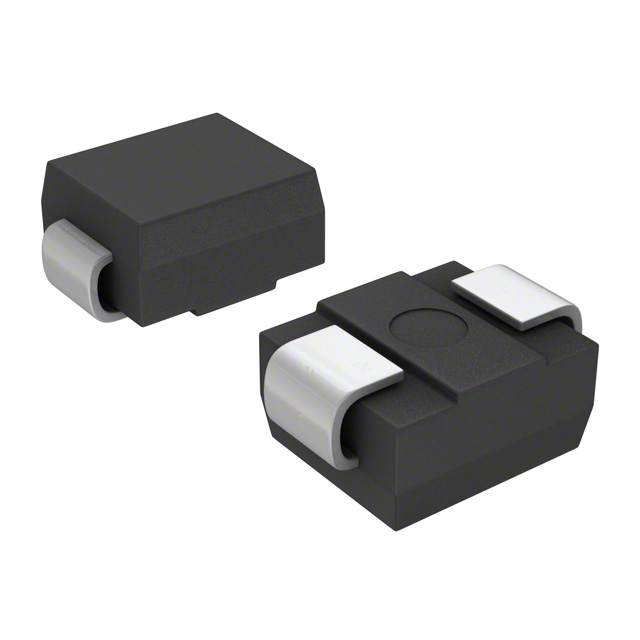
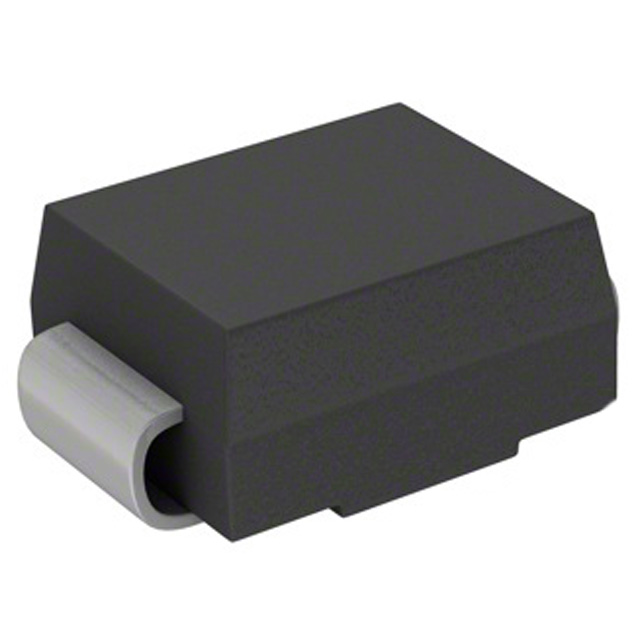
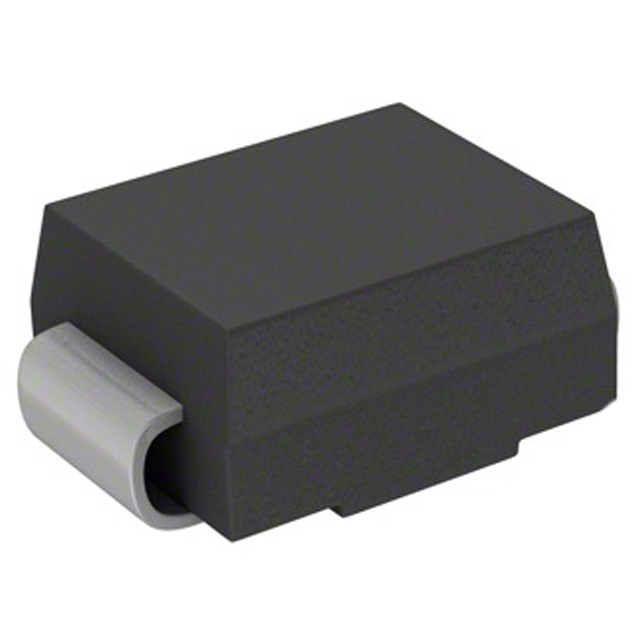
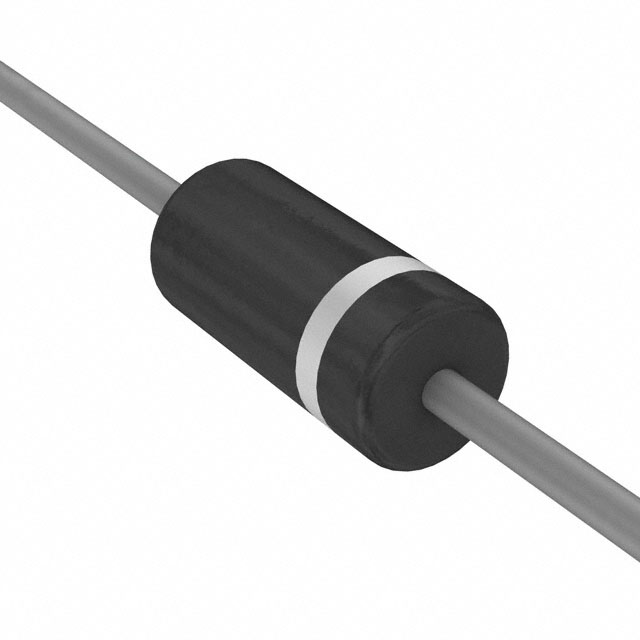
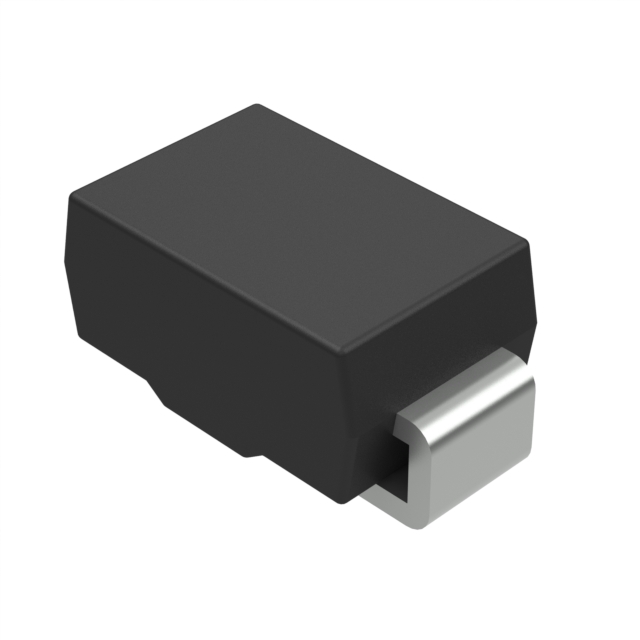


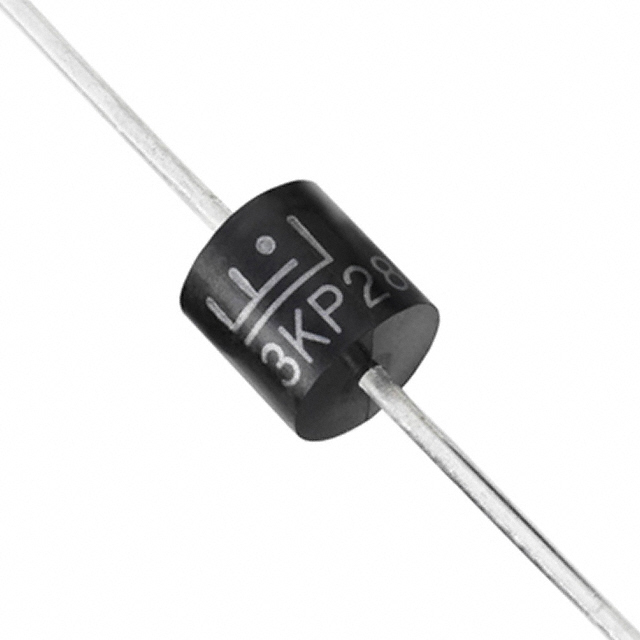
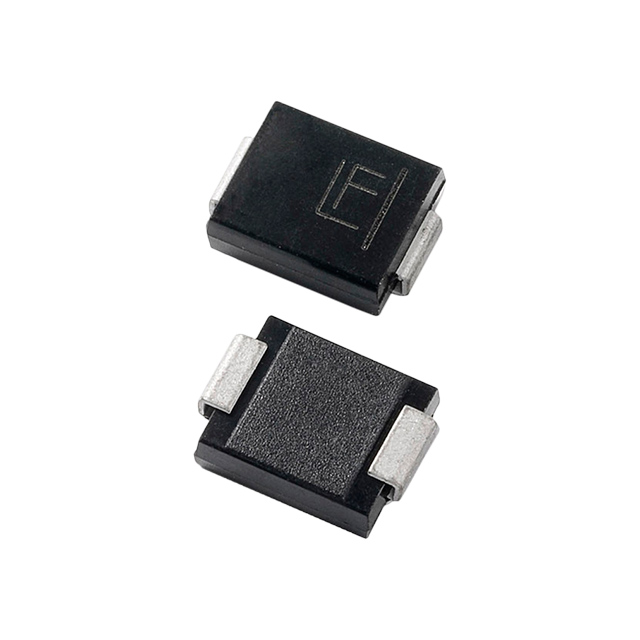
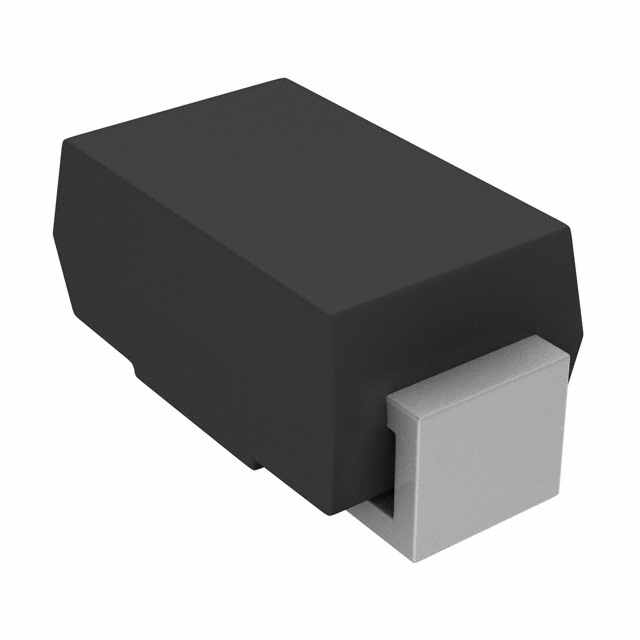
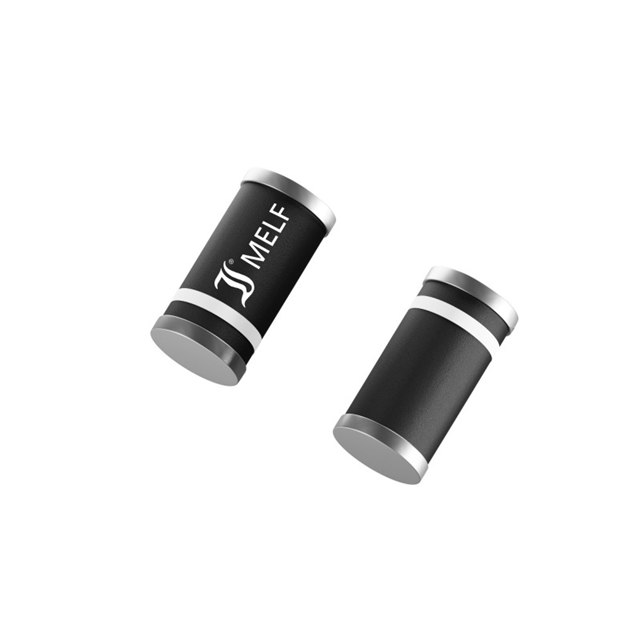
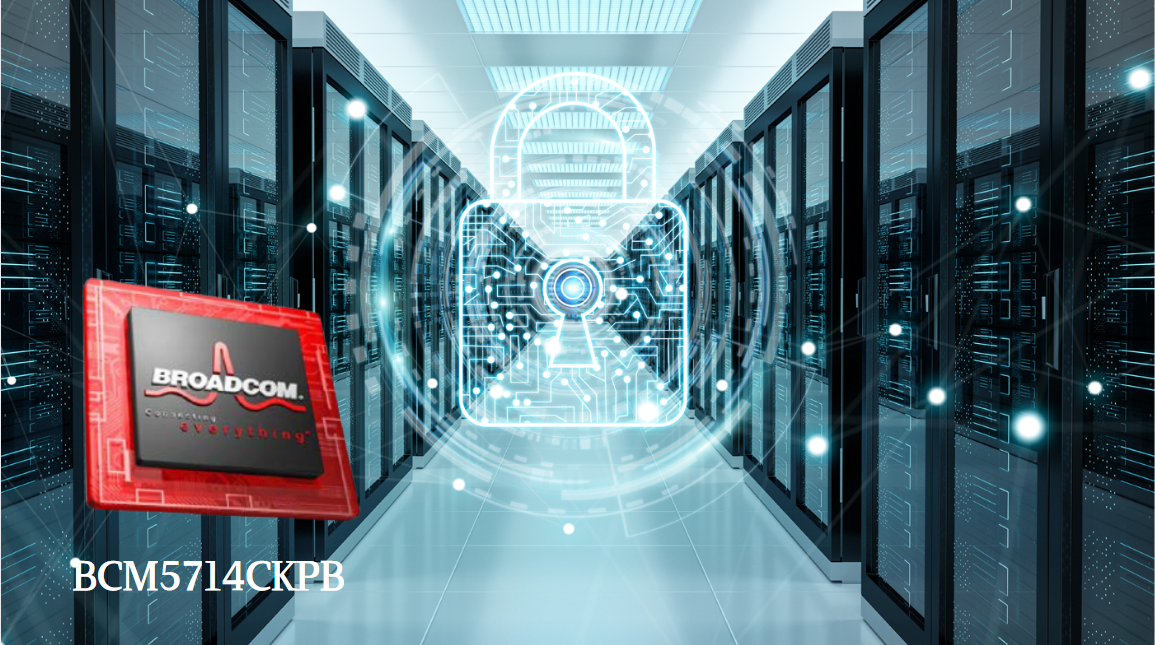
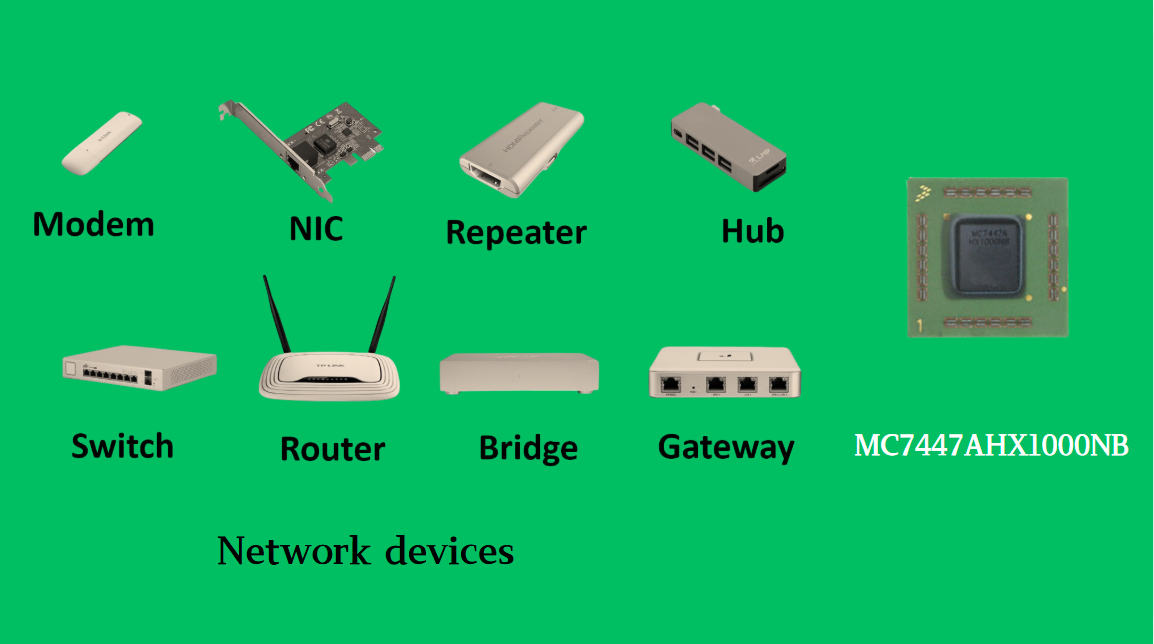
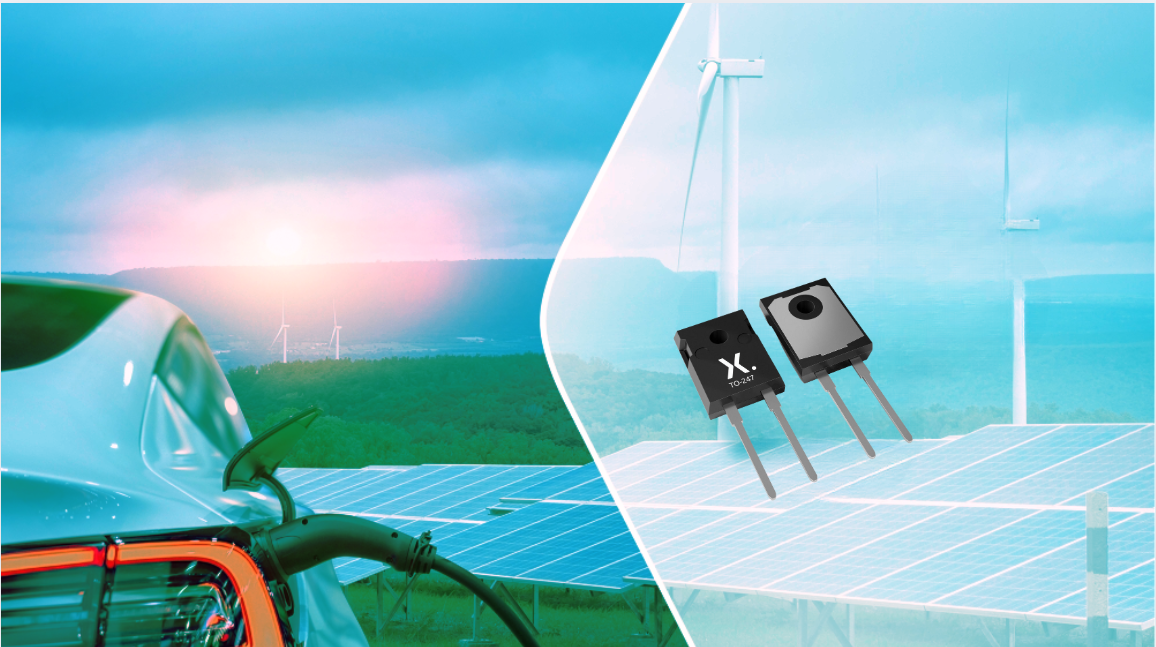







 Wishlist (0 Items)
Wishlist (0 Items)